Exploring Depth and Perspective
Ever wonder why sometimes, what you see in person and what your camera renders as an image are two entirely different things? If you’re like most of us, chances are that you’ve been frustrated a time or two by the sheer difficulty of recreating a scene with the camera.
Part of the reason for this difficulty, is due to the simple fact that we live in a three-dimensional world, and the camera is very much a two-dimensional format. Trying to fit everything that we see into a flat image can be a monumental task – and one that often leads to disappointing results.
One of the best ways to add depth to your images and recreate that realistic three-dimensional feel is by looking for ways to recreate a sense of perspective in your photos. Using visual elements to introduce perspective to your images can help you to produce compositions with real depth and visual interest, bringing your photos to life.
Add Depth to Your Photography
There are lots of ways to add a sense of depth to a photograph. Everything from the use of lighting, to layering elements, to including some foreground into a composition can all help to add dimension, and provide a sense of perspective to an image.
With this in mind, let’s explore a few compositional tips for adding depth to your photography, and find out how you can use depth to create realistic and visually engaging images. Here are a few tips:
The Diminishing Effect
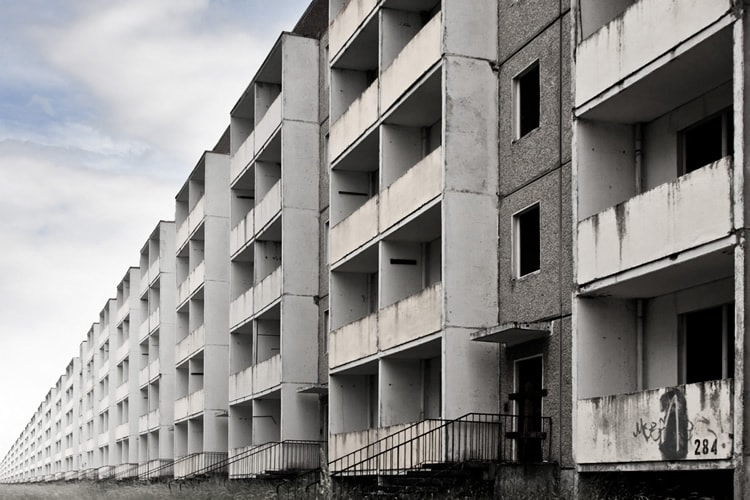
image by Andreas Levers
The diminishing effect is one of the easiest ways to add depth to your images. To use the diminishing effect, position yourself in front of a row of repetitive objects, such as a row of trees, lamp posts, or bricks on a wall and shoot down through the repetitions. Photographing down the row will produce a diminishing effect, since the objects will appear smaller the further away they get, creating a sense of scale and size.
The Linear Effect
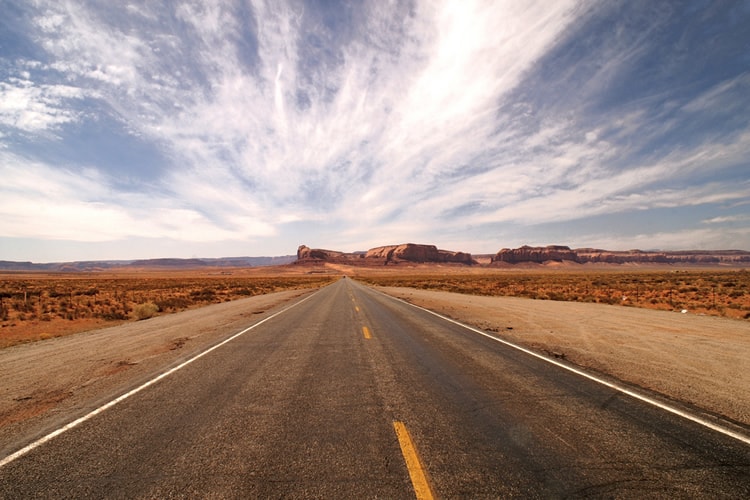
image by Angus MacRae
Lines create a sense of movement and drama, and are often used to help to draw the viewer’s eye through the photo. To help maximize the depth in a composition, aim to include the ‘vanishing point,’ the point on the horizon where lines converge and disappear into the distance. This will help to draw the eye through the scene, and increase the sense of distance in the photo.
Depth of Field
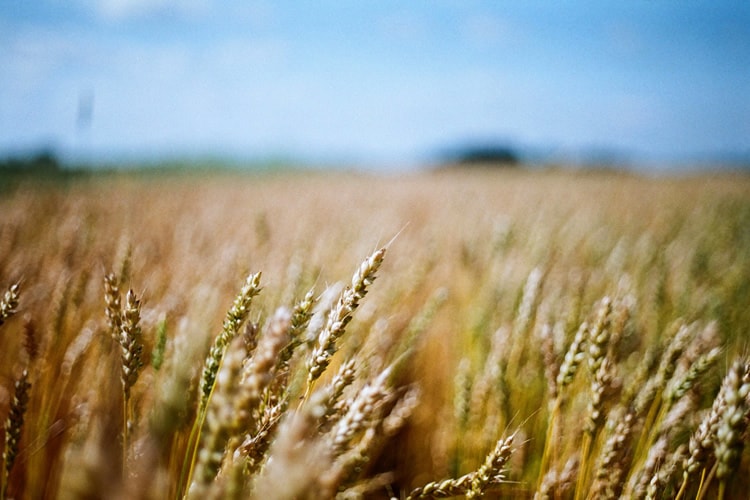
image by Brandon Giesbrecht
Both a wide depth of field (DOF) and small DOF can be used to add depth to images. Whether you choose to use a wide or shallow DOF should depend upon the type of image you are after. If you’re trying to capture a scenic shot using diminishing perspective, for example, you will need a wide DOF, and a smaller aperture, to ensure the entire image is clear and in focus. However, if you are photographing an up-close image, and would like to isolate the subject from the background – use a shallow DOF, and wide aperture, to draw the subject into focus while blurring out the background – adding an excellent sense of depth to your composition.
A Sense of Scale
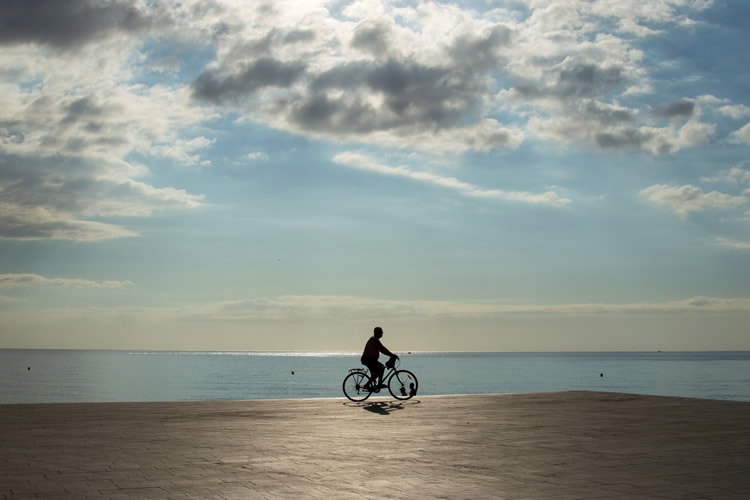
image by George Lindley
Since size can often be lost in an image, including visual cues in your composition can help to show how small – or large an object is. Using objects that are a well-known size – like cars, or people, can introduce a sense of scale and help viewers to gage the true size of a mountain or skyscraper. Similarly, photographing a lone figure on a wide open plain can add a sense of perspective and help to illustrate the vastness of a scene.
Foreground Interest
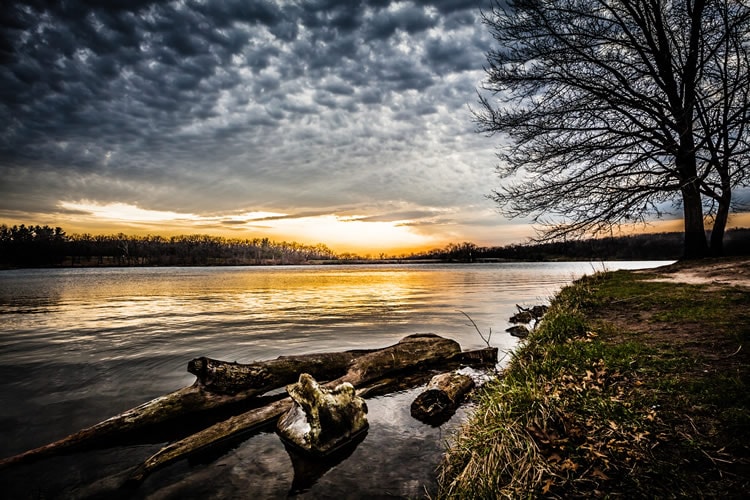
image by Brian Patrick
In landscape photography, a plain foreground can cause images to look flat and boring. Include some foreground into your scenic shots to help frame the image, and contribute to overall visual interest. Interesting foreground can also to grab viewers’ attention, and draw them into the image. Adding in foreground elements is also an excellent way to set the context, and provide a sense of perspective.
Lighting and Shadows
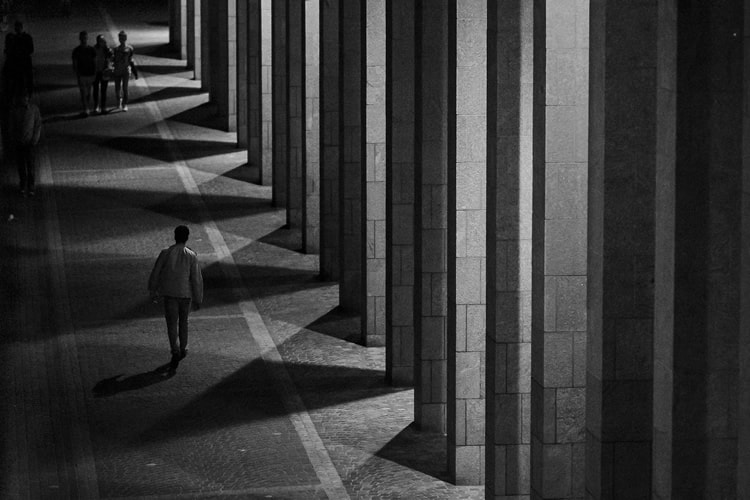
image by jwltr freiburg
The right use of lighting and shadows can help create images that have depth and dimension. Landscape photography, close-up images, even portraiture can all benefit from the right use of lighting. Soft, even lighting can be much more flattering on a subject than dull, flat light – which is why many photographers use reflectors, fill flash, or natural light to help illuminate their subjects. For landscape photography, don’t underestimate the impact that lighting can have on the resulting images. For example, the soft glow of morning or late afternoon light can beautifully illuminate the elements in an image, highlighting the varying texture of the landscape and helping to create a sense of dimension. Shadows, fog, or the dramatic light after a storm can also add depth to scenic shots.
Angle and Perspective
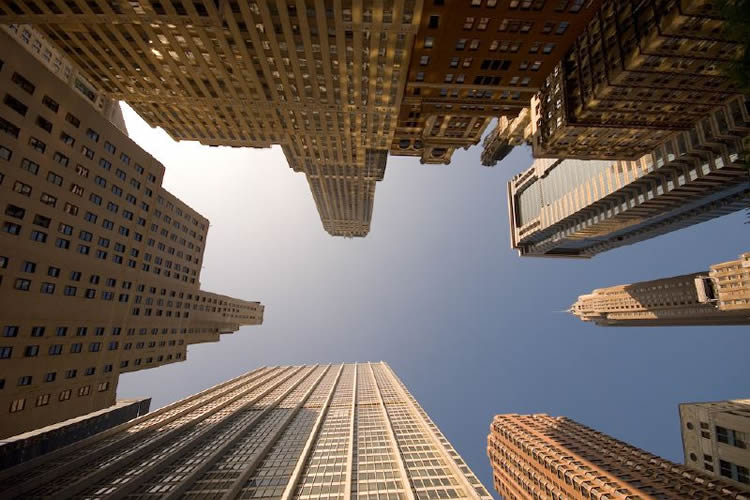
image by Roman Pavlyuk
Finally, adding depth to your photographs can be as easy as changing your perspective. If one angle isn’t working for you – don’t give up, instead try out a new perspective to give your compositions a whole new sense of dimension. Getting down low and including foreground is a great way to add depth to an image. Angling the camera up and photographing the height of a tree or tall building is another example of using a different angle to create distance.
Know Your Lenses
In addition to compositional tools that can help to add depth to your images, the right lens can also make a difference with your photography. Specific lenses can actually increase the sense of depth in images, while others tend to compress elements in a composition, causing the image to appear flat.
A wide angle lens is the best option for increasing depth in an image. Wide angle lenses create more distance between the foreground and background elements in an image increasing the sense of depth. A telephoto lens on the other hand, causes elements in an image to appear closer together, reducing the appearance of depth. So make sure you choose the right lens for the job – it can make a difference.
So go ahead, try it out!
The next time you are out with your camera, look for ways to use available elements to recreate a sense of depth and dimension. Looking for ways to add a sense of depth and perspective can help you to create images that are visually powerful and engaging – ones that perfectly capture the feeling of being there in person!
